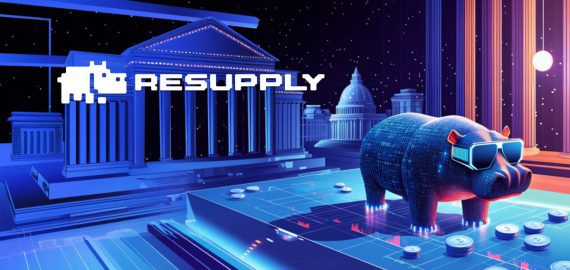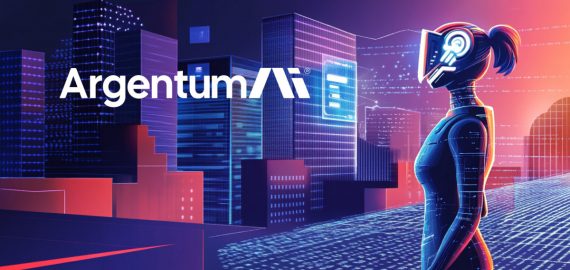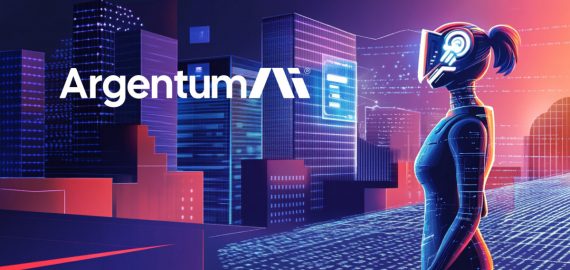7 Crypto Projects Already Using AI In 2025


In Brief
Several blockchain-native projects are already integrating AI across data marketplaces, compute networks, smart contracts, analytics, and metaverse applications, demonstrating real-world synergy between AI and crypto.
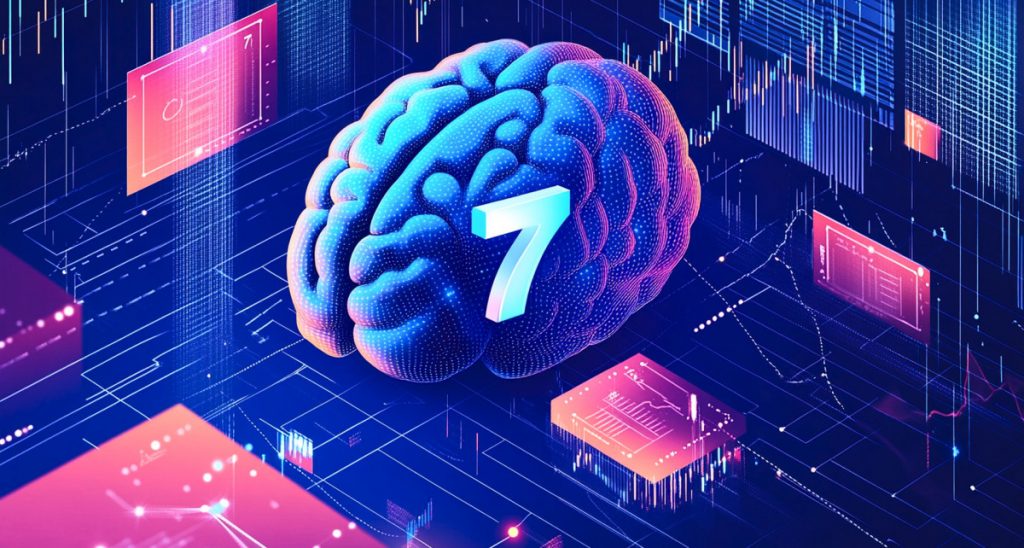
AI may dominate headlines, but the conversation often centers on “what-might-be” rather than “what is.” In the world of crypto, however, there are already blockchain-native projects embedding AI functionality right now. From data marketplaces to compute networks, smart contracts to analytics tools, the synergy between blockchain + artificial intelligence is live.
Here are seven concrete examples of crypto projects using AI today — what they do, how they integrate AI, and why it matters for users, investors, and the ecosystem.
Data Marketplaces for AI Training

The importance of high-quality data for training AI models is obvious. What’s less obvious is how blockchain can help enable the access, marketplace and ownership of that data.
Ocean Protocol offers a decentralized data marketplace where data owners can monetize datasets, and AI developers can access them in a permissioned way (often via “compute-to-data”, which keeps raw data locked but algorithms run on it).
One recent overview reported that Ocean’s marketplace has onboarded over 35,000 datasets and facilitated more than US $100 million in AI-related data transactions.
In practice, this means a project can purchase a dataset, run their model, reward the data provider — all on-chain — while preserving privacy and auditability. For AI developers, this opens a new path: when you combine blockchain for provenance + token incentives + smart-contract settlement, you get a real crypto-AI stack.
Why it matters: As AI models become more data hungry, infrastructure providers like Ocean shift the value-chain from raw compute or algorithms to data + governance + access. For a token holder, the OCEAN token becomes the utility to access or monetize that data marketplace.
AI Service Marketplace

Where Ocean handles data, SingularityNET treats algorithms themselves as marketplace items. Developers publish AI services; users consume them; payments happen via token economy.
As project founder Dr. Ben Goertzel noted, he long believed that “AI should be decentralized,” and that’s effectively the core architecture of SingularityNET.
The platform positions itself as a decentralized ecosystem where AI agents interact, collaborate and are paid for via the AGIX token. The use-case spans everything from computer vision, NLP, to autonomous agent workflows. In other words: instead of big cloud AI providers controlling the stack, these services live on a blockchain economy.
Why it matters: This model gives token holders two levers — use (buy services) and earn (provide services). For crypto-native users, it opens a possibility typical of DeFi/DEX token-economics: build, deploy or consume AI services, all mediated via blockchain.
On-Chain AI Inference for Smart Contracts

While many AI-crypto projects focus on off-chain components, Cortex aims to embed AI directly into smart contracts. By enabling developers to upload AI models and have them executed within smart contracts, Cortex paves the way for blockchain logic that adapts based on real-world data and AI inference.
In effect, you might see a DeFi protocol whose contract uses a trained model to adjust parameters dynamically, or a game logic that learns from previous outcomes. This integration of AI models into the blockchain stack moves the narrative from “AI uses blockchain” to “blockchain uses AI”.
Why it matters: For users or investors, models deployed on-chain create added utility and sophistication. The CTXC token becomes not just infrastructure but the bridge between blockchain logic and AI-driven behaviour.
Decentralised Compute & GPU Sharing for AI Tasks
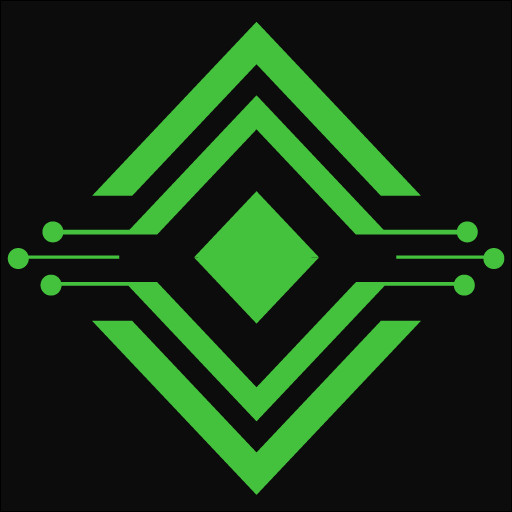
Training and running large-scale AI models requires vast compute (GPUs, bandwidth, storage).
NodeGo AI offers a decentralised compute marketplace: users can monetise unused CPU/GPU resources; projects tap this distributed compute layer for AI training or spatial computing.
One recent funding announcement revealed an $8 million seed round and a “Wallet Connect & Verification” launch to ensure genuine user participation. ventureworld.org
For example, teaming up with data-intensive AI partner Zoro, NodeGo provides compute infrastructure to process large models without relying purely on centralized clouds.
Why it matters: Token holders in NodeGo can be compute providers or consumers. The decentralised compute layer supports broader AI adoption in crypto, and for users, it opens tokenised rewards for contributing infrastructure.
AI-Optimised Blockchain Consensus

AI isn’t only applied at the application layer — some blockchains integrate it into the core protocol. Velas, for instance, describes itself as an “AI-enabled” blockchain.
Its AIDPoS (Artificial Intuition Delegated Proof-of-Stake) uses neural-network modules embedded in full nodes to optimise epoch parameters, validator performance, throughput and anomaly detection.
In short: the consensus algorithm learns and optimises from past cycles. For users, this means a blockchain that can adapt, secure more efficiently and scale more dynamically. Token holders of VLX indirectly tap into this AI-driven protocol stack.
Why it matters: Investors in this space often look for “AI theme + token utility.” A chain whose consensus leverages AI adds another axis of utility beyond simple staking or block rewards.
AI-Powered Analytics and Signals
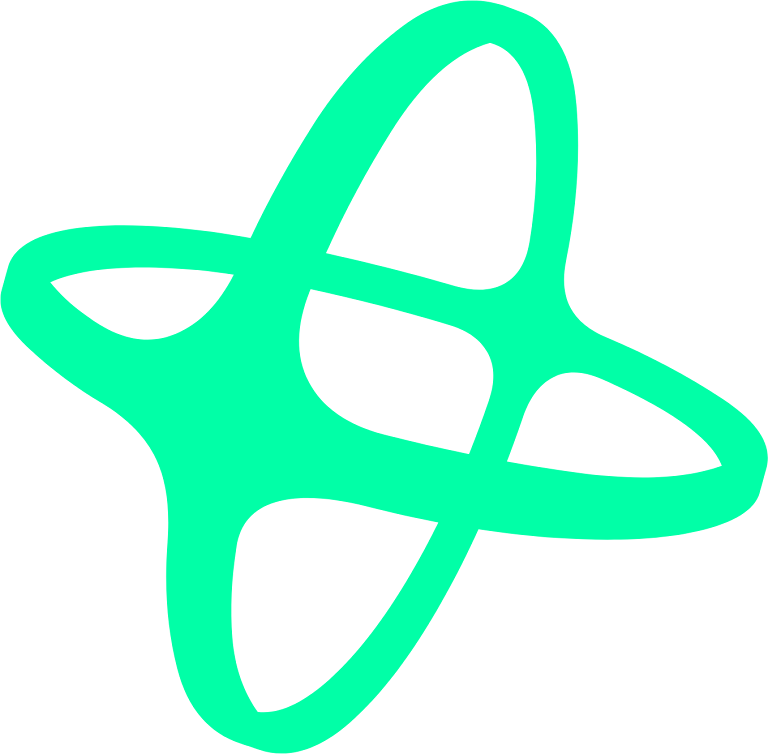
While the aforementioned examples target infrastructure or protocol layers, the intersection of AI + crypto is manifesting in tooling too — namely analytics.
Nansen, a leading blockchain-analytics firm, has launched AI-driven chatbots and agents (branded “Nansen AI”) that integrate on-chain data, social intelligence and natural-language processing to provide insights to traders and institutional users.
According to Nansen CEO Alex Svanevik, this next-generation agentic experience will feel as natural as mobile banking is today. Although this is indirect paraphrasing, the quote highlights the shift: AI+crypto tooling is going from specialist dashboards to conversational agents.
Why it matters: For traders and retail users, these tools enhance decision-making, reduce information asymmetry, and integrate crypto data into AI-driven workflows. While there may not always be a native token for end-users, the value accrues through subscription, data access and platform usage.
AI-Driven Tokenised Agents & Metaverse Avatars

In the consumer-facing realm, crypto projects are blending AI with NFTs, avatars and metaverse agents. Alethea AI enables “iNFTs” — interactive NFTs powered by AI.
Users mint an avatar, train it (via AI models), and govern it via the ALI token. The result: an avatar/agent that can act, respond or be monetised in metaverse settings.
Why it matters: This case moves beyond infrastructure and into use-cases users can engage with directly. For token holders, the ALI token becomes both utility (training/upgrading agents) and governance (deciding agent behaviour). Crypto’s AI convergence is tangible and consumer-visible here.
What Comes Next
Taken together, these seven examples reveal four major themes:
- Data is the new fuel (Ocean)
- Decentralised compute matters (NodeGo)
- AI embedded in the stack (Velas, Cortex)
- Tooling and UX for users (Nansen, Alethea)
Crypto-AI is not just marketing. For instance, Ocean’s claim of $100 million+ in data transactions underscores real activity. Token economics matter: you’re not just buying a “hype coin” but a piece of infrastructure or services.
As AI adoption grows, leader Shayon Sengupta of Multicoin Capital warns that “industry analysts are still radically underestimating how much compute power will be needed to fuel the next generation of AI applications.”
For crypto participants, this means:
- Evaluate token utility: does the project use AI or merely claim to?
- Look for real-world integrations: data markets, compute networks, AI agents in use.
- Watch for regulatory / infrastructure risk: AI + crypto = regulatory scrutiny, especially around data, compute, intellectual property.
Disclaimer
In line with the Trust Project guidelines, please note that the information provided on this page is not intended to be and should not be interpreted as legal, tax, investment, financial, or any other form of advice. It is important to only invest what you can afford to lose and to seek independent financial advice if you have any doubts. For further information, we suggest referring to the terms and conditions as well as the help and support pages provided by the issuer or advertiser. MetaversePost is committed to accurate, unbiased reporting, but market conditions are subject to change without notice.
About The Author
Alisa, a dedicated journalist at the MPost, specializes in cryptocurrency, zero-knowledge proofs, investments, and the expansive realm of Web3. With a keen eye for emerging trends and technologies, she delivers comprehensive coverage to inform and engage readers in the ever-evolving landscape of digital finance.
More articles

Alisa, a dedicated journalist at the MPost, specializes in cryptocurrency, zero-knowledge proofs, investments, and the expansive realm of Web3. With a keen eye for emerging trends and technologies, she delivers comprehensive coverage to inform and engage readers in the ever-evolving landscape of digital finance.















































